In the realm of gardening, success often hinges on the health and vitality of the soil. A thriving garden bed starts from the ground up, and one of the most powerful tools at a gardener’s disposal is garden mulch. Far from being mere decoration, mulch plays a vital role in enhancing soil quality, conserving moisture, suppressing weeds, and fostering a conducive environment for plant growth. Let’s delve into the transformative potential of garden mulch and how it can elevate your gardening endeavours to new heights.
Understanding the Essence of Garden Mulch:
Garden mulch encompasses a variety of materials such as wood chips, straw, leaves, grass clippings, or even shredded newspaper. When spread over the soil surface, mulch acts as a protective barrier, shielding the soil from harsh weather conditions such as extreme temperatures, heavy rains, or intense sunlight. This protective layer is crucial in maintaining soil moisture levels by reducing evaporation, thus ensuring a consistent and conducive environment for plant roots to thrive.
Nourishing the Soil:
One of the primary benefits of garden mulch is its ability to enrich the soil. As the mulch gradually decomposes, it releases essential nutrients into the soil, acting as a natural fertilizer. This nutrient-recycling process nourishes plants and improves soil structure and fertility over time. Additionally, organic mulches like compost or shredded leaves introduce beneficial microorganisms into the soil, promoting a healthy ecosystem essential for plant growth.
Conserving Moisture:
Water conservation is a top priority for gardeners in arid or hot climates. Here, garden mulch proves to be a valuable ally. By forming a protective barrier over the soil surface, mulch helps retain moisture, reducing the frequency of irrigation needed to keep plants hydrated. This moisture conservation saves water and minimizes the risk of soil erosion and compaction, ensuring optimal growing conditions for plants.
Suppressing Weeds:
Weeding is a tedious but necessary task in any garden. However, with the strategic application of garden mulch, weed management becomes significantly more manageable. Mulch acts as a natural weed suppressant, smothering weed seeds and blocking sunlight from reaching the soil surface, thus inhibiting weed germination and growth. This reduces the need for herbicides and saves gardeners time and effort spent on constant weeding, allowing them to focus on more enjoyable aspects of gardening.
Creating a Hospitable Environment:

Healthy soil teems with life, from earthworms to beneficial bacteria and fungi. Garden mulch provides an ideal habitat for these organisms, creating a thriving ecosystem beneath the soil surface. As the mulch breaks down, it attracts earthworms and other soil-dwelling creatures, which aerate the soil and enhance its fertility through their activities. This symbiotic relationship between mulch and soil organisms fosters a healthy and balanced environment conducive to plant growth.
Choosing the Right Mulch:
When selecting mulch for your garden, consider factors such as availability, cost, and the specific needs of your plants. Organic mulches like wood chips, straw, or compost are excellent for improving soil health and fertility. They decompose slowly, providing long-term benefits to the soil. In contrast, inorganic mulches such as gravel or landscape fabric offer durability and weed suppression but do not contribute organic matter to the soil.
Application Tips:
To maximize the benefits of garden mulch, apply it to your garden beds with care. Spread a layer of mulch evenly over the garden soil surface, ensuring a 2-4 inches thickness. Avoid piling mulch directly against plant stems or tree trunks, as this can promote moisture retention and create a favourable environment for pests and diseases. Additionally, replenish mulch as needed to maintain the desired thickness and effectiveness.
Pest Control: Another benefit of garden mulch is its role in pest management. Certain types of mulch, such as cedar chips or pine needles, contain natural compounds that act as repellents against insects and pests. Additionally, mulch creates a barrier that deters pests from accessing plant roots and foliage, reducing the risk of infestations and damage. By incorporating pest-resistant mulch into your garden beds, you can minimize the need for chemical pesticides and foster a more balanced and eco-friendly ecosystem.
Enhanced Plant Health: Beyond its direct effects on soil quality, garden mulch indirectly contributes to overall plant health and vigour. By creating optimal growing conditions, including moisture retention, weed suppression, and nutrient enrichment, mulch enables plants to allocate more energy towards growth and development rather than stress responses. As a result, plants grown in mulched environments often exhibit greater resilience to environmental stressors, such as drought or extreme temperatures. They are better equipped to resist diseases and pest attacks.
Aesthetic Appeal: Besides its practical benefits, garden mulch enhances the aesthetic appeal of outdoor spaces. Mulch comes in various colours, textures, and compositions, allowing gardeners to customize their landscapes according to their preferences and design aesthetics. Whether you prefer the rustic charm of organic mulches like wood chips or the sleek elegance of decorative stones, mulch is a versatile design element that adds visual interest and cohesion to garden beds, pathways, and borders.
In essence, garden mulch represents a multifaceted solution to many of the challenges gardeners face, offering a holistic approach to soil management and garden care. From its role in moisture retention and weed suppression to its contributions to soil fertility and pest control, mulch embodies sustainable gardening principles and ecosystem stewardship. By embracing the benefits of garden mulch and integrating it into your gardening practices, you can cultivate thriving, resilient landscapes that beautify outdoor spaces and support biodiversity and environmental well-being.












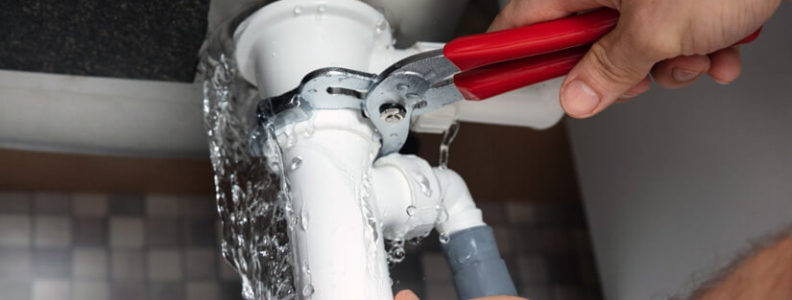


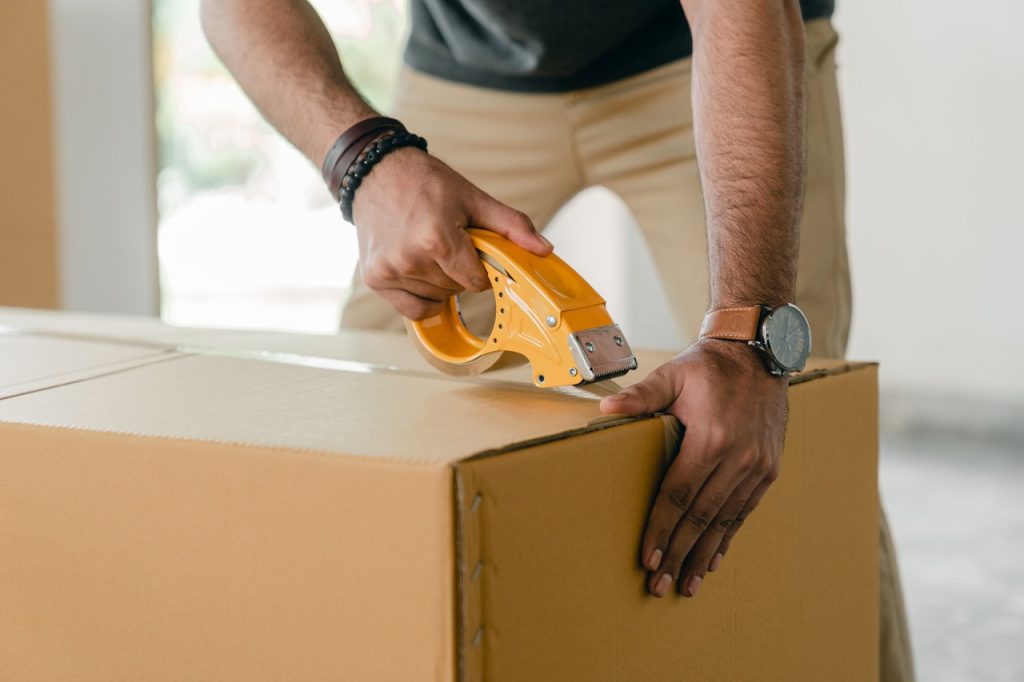


















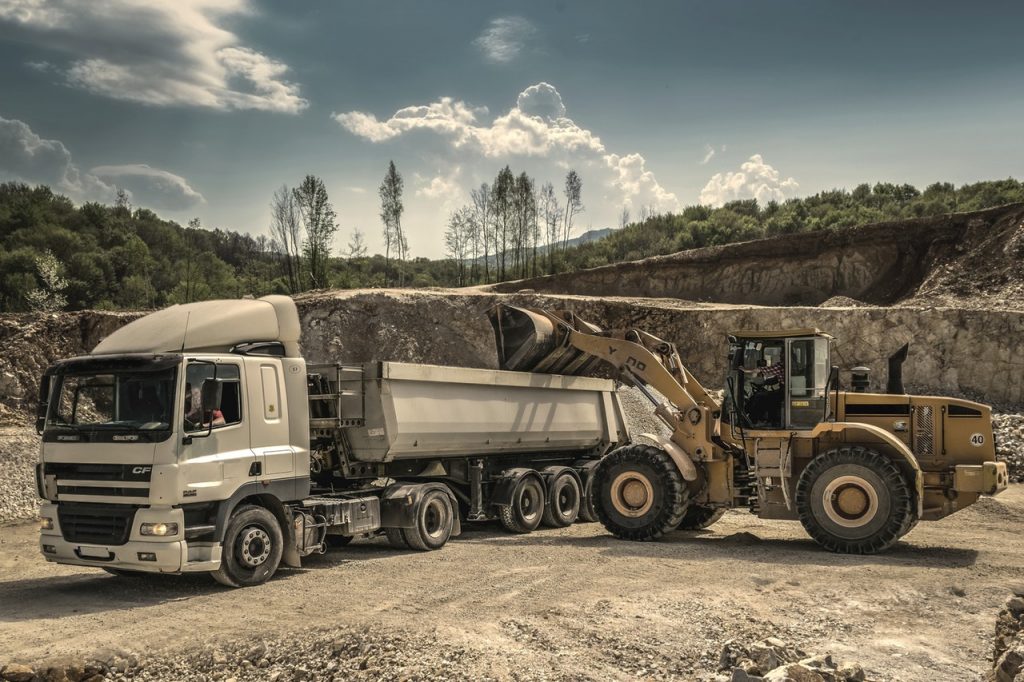

 The apparent first challenge in designing your company static is the creation of a company logo. If you do not already have one,
The apparent first challenge in designing your company static is the creation of a company logo. If you do not already have one,  Biometric clothing
Biometric clothing For much of your life you may have been told you cannot do certain activities. Knowing these risks can help you create your own decisions about what physical activities are ideal for you. Perhaps you will decide not to participate in a contact or collision sport like baseball or football since you know the probability of serious injuries to the head, neck, and spine is high–and, naturally, a neck brace (or mind bleed) would put a serious damper on your social life. If tennis is the right sport for you
For much of your life you may have been told you cannot do certain activities. Knowing these risks can help you create your own decisions about what physical activities are ideal for you. Perhaps you will decide not to participate in a contact or collision sport like baseball or football since you know the probability of serious injuries to the head, neck, and spine is high–and, naturally, a neck brace (or mind bleed) would put a serious damper on your social life. If tennis is the right sport for you  Whether you are playing organized sports, pick-up games, or nontraditional sports like dancing, you might want to bear in mind what could happen as you’re playing. The safest sporting activities have risks, including dehydration and sunburn. When playing any type of sport, it is important to drink lots of liquid, and if you are exposed to UV rays, to wear sun screen. If you avoid the
Whether you are playing organized sports, pick-up games, or nontraditional sports like dancing, you might want to bear in mind what could happen as you’re playing. The safest sporting activities have risks, including dehydration and sunburn. When playing any type of sport, it is important to drink lots of liquid, and if you are exposed to UV rays, to wear sun screen. If you avoid the  Regardless of the appeal, it is not the best of times for luxury car makers, especially if you want to
Regardless of the appeal, it is not the best of times for luxury car makers, especially if you want to  Raw performance and security aside, the subjective value of standing does add to the value of a luxury and durability of an expensive vehicle. Researchers in Consumer Reports might not place any stock in new names, but anyone concerned with ‘keeping up with the Joneses’ does.
Raw performance and security aside, the subjective value of standing does add to the value of a luxury and durability of an expensive vehicle. Researchers in Consumer Reports might not place any stock in new names, but anyone concerned with ‘keeping up with the Joneses’ does. behalf with different banks to locate the best mortgage lenders who best fit your requirements with the lowest prices. Mortgage brokers have a well-developed list of lenders that they work with, making your life easier.
behalf with different banks to locate the best mortgage lenders who best fit your requirements with the lowest prices. Mortgage brokers have a well-developed list of lenders that they work with, making your life easier. GUI Testing is essential to be certain that the displays of a product correspond to the accepted mockups and wireframes. However, this may not provide a comprehensive simulation since different browsers and operating systems can exhibit the layout otherwise. Usability testing is aimed at analyzing the product’s UX and making suggestions on the improvement of consumers’ interaction with the system. To make things work properly, you can differentiate certain groups of consumers and execute revision Testing. This helps ensure that the user experience of routine users differs from the administrator.
GUI Testing is essential to be certain that the displays of a product correspond to the accepted mockups and wireframes. However, this may not provide a comprehensive simulation since different browsers and operating systems can exhibit the layout otherwise. Usability testing is aimed at analyzing the product’s UX and making suggestions on the improvement of consumers’ interaction with the system. To make things work properly, you can differentiate certain groups of consumers and execute revision Testing. This helps ensure that the user experience of routine users differs from the administrator.  And it is not only the amount Australians are spending on alcohol annually, but also the cost to their health long term, as Australians will potentially wind up paying for this risky lifestyle later in life, through health care and much more expensive life insurance premiums as Aussies beverage 96 million litres of spirits yearly, the analysis revealed. Australians consume around 1650 calories from Alcoholic drinks weekly, and alcohol intake cost between $1300 and $4700 annually. Western Australians are the biggest drinkers normally, another study of information from Torrens University, that research found individuals aged 15 years and over consumed over two standard alcoholic drinks each day typically.
And it is not only the amount Australians are spending on alcohol annually, but also the cost to their health long term, as Australians will potentially wind up paying for this risky lifestyle later in life, through health care and much more expensive life insurance premiums as Aussies beverage 96 million litres of spirits yearly, the analysis revealed. Australians consume around 1650 calories from Alcoholic drinks weekly, and alcohol intake cost between $1300 and $4700 annually. Western Australians are the biggest drinkers normally, another study of information from Torrens University, that research found individuals aged 15 years and over consumed over two standard alcoholic drinks each day typically. Whatever the reason, the quantity of food dollars spent on restaurants and take-away has steadily improved through time, from 34 percent in 1974 to 50 percent in 2014. That is a good deal of grub on the go. Being a foodie is not a crime, but a lot of millennials say they wind up spending more on programs like Grubhub or Seamless, because of delivery surcharges and minimums. Similarly, thanks to ease of those services, they quickly rack up charges with the click of a button, not realizing just how much they are forking over. Managing editor of The Financial Diet Holly Trantham remembers spending nearly $300 on Seamless alone in her first month in NYC, admitting it was “half novelty and half advantage.”
Whatever the reason, the quantity of food dollars spent on restaurants and take-away has steadily improved through time, from 34 percent in 1974 to 50 percent in 2014. That is a good deal of grub on the go. Being a foodie is not a crime, but a lot of millennials say they wind up spending more on programs like Grubhub or Seamless, because of delivery surcharges and minimums. Similarly, thanks to ease of those services, they quickly rack up charges with the click of a button, not realizing just how much they are forking over. Managing editor of The Financial Diet Holly Trantham remembers spending nearly $300 on Seamless alone in her first month in NYC, admitting it was “half novelty and half advantage.” purpose built mobile websites
purpose built mobile websites An Aldermore spokesperson also mentioned that to be able to make sure that they are best fulfilling the demands of their agents today, and later on, they regularly engage together and take their opinions on board to make sure that they’re providing a competitive service
An Aldermore spokesperson also mentioned that to be able to make sure that they are best fulfilling the demands of their agents today, and later on, they regularly engage together and take their opinions on board to make sure that they’re providing a competitive service 
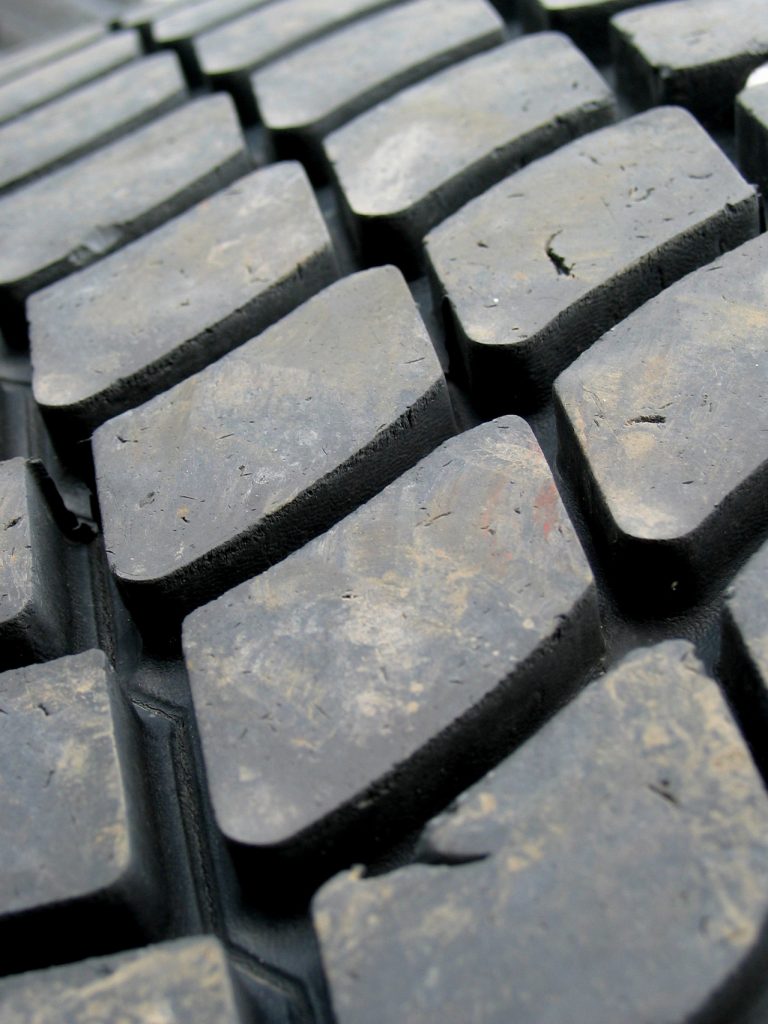
 Climate-change rejection seems on the verge of becoming major U.S. policy. But all expect that decreasing our carbon footprint is not lost. Case in point is the pending Timber Innovation Act, among the uncommon environment-friendly pieces of legislation that delights in bipartisan assistance. The expense (H.R. 1380, S. 538) looks to develop a market for so-called mass wood structures and timber products more than 85 feet high that are constructed from panelized wood building and construction items such as cross-laminated wood (CLT) and glued-laminated lumber (glulam).
Climate-change rejection seems on the verge of becoming major U.S. policy. But all expect that decreasing our carbon footprint is not lost. Case in point is the pending Timber Innovation Act, among the uncommon environment-friendly pieces of legislation that delights in bipartisan assistance. The expense (H.R. 1380, S. 538) looks to develop a market for so-called mass wood structures and timber products more than 85 feet high that are constructed from panelized wood building and construction items such as cross-laminated wood (CLT) and glued-laminated lumber (glulam).


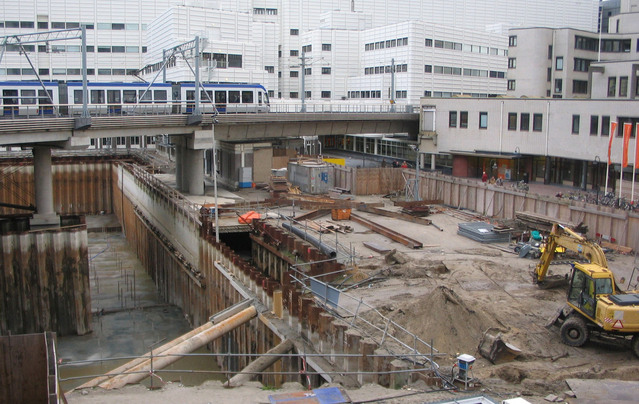 Nevertheless, based upon an in-depth analysis of existing federal government costs programs, BIS is anticipating public sector-funded engineering construction to rise to a peak of more than $35 billion by 2018/19, nearly 30 percent above its 2015/16 level. This offsets even more falls anticipated in privately-funded engineering building and construction – especially in the project and quality management system of the LNG-heavy oil and gas section – keeping overall engineering building and construction activity in the $75-80 billion per year range.
Nevertheless, based upon an in-depth analysis of existing federal government costs programs, BIS is anticipating public sector-funded engineering construction to rise to a peak of more than $35 billion by 2018/19, nearly 30 percent above its 2015/16 level. This offsets even more falls anticipated in privately-funded engineering building and construction – especially in the project and quality management system of the LNG-heavy oil and gas section – keeping overall engineering building and construction activity in the $75-80 billion per year range. An online newspaper that is also called a web newspaper is a daily newspaper which is published and read over the Internet. Such a daily can be an individual online publication or the web-version of a printed daily.
An online newspaper that is also called a web newspaper is a daily newspaper which is published and read over the Internet. Such a daily can be an individual online publication or the web-version of a printed daily. les published in the weekends in various newspapers of UK. The Southport Reporter is also an example of online newspaper in the UK.
les published in the weekends in various newspapers of UK. The Southport Reporter is also an example of online newspaper in the UK.